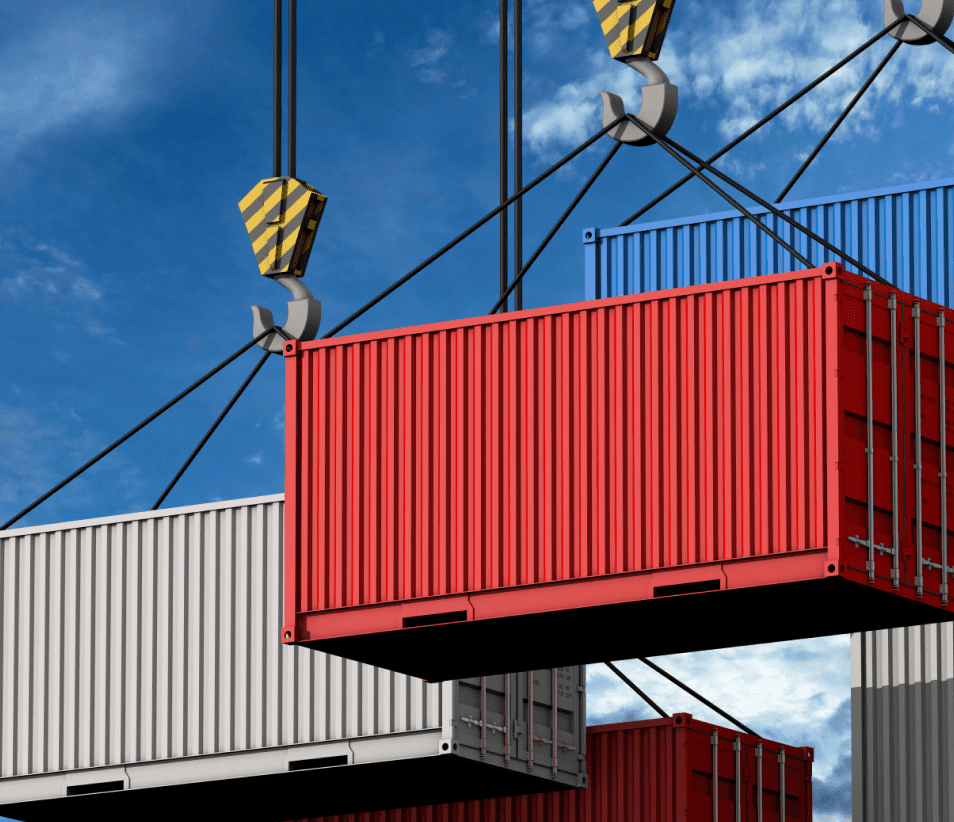Attention Entrepreneurs: Elevate Your Logistics Game with Insider Tips from our Exclusive Exam - Limited Slots Available!
Small Business Alert: Maximize Efficiency and Minimize Costs with Our Logistics Exam - Act Now for Special Discounts!
Unlock Your Business Potential: Exclusive Logistics Exam Reveals Cost-Saving Strategies and Growth Opportunities!
There are large amount of shipping goods from China to Canada, QingHe can handle all kinds of shipping goods, such as general merchandise, Chemical industry and Hazardous, and we can provide all modes of transport, including by sea, by air and by express. Meanwhile, besides good solution and good service, Bansar provide more competitive rates to our customers based on our rich experiences and good relationship with carriers and airline companies.

*Provide the competitive ocean freight from any seaport in China to Canada.
*Provide the best air freight from any airport in China to Canada
*Enough container spaces from carriers even in peak season
*Pick up service in any city of China
*Professional team for paperwork
*Expert for customs clearance
*Container loading supervision service
*24/7 online support
Depending on your products, you will have to pay some kind of taxes that can be mentioned as MFN (Most Favoured Nation) and GST (Goods and Services Tax) counted on your whole goods value.
However, there are a few goods that are not subject to GST (e.g. prescription drugs, medical devices and aids, basic groceries, fishing and agricultural goods, etc.)
Depending on the type of goods you will be shipping, you can look up the specific amount of duty you need to pay on the CBSA Custom Tariff website.
The time will depend on the shipping method and other factors that may affect it faster or slower. Here are the frame times you can refer to:

The value of your goods. The price to pay for the types of freight transport that you choose. And some other fees such as service fees, taxes, etc. To help you get the exact amount to pay, you should talk to the shipping company to get advice on reasonable solutions at the most affordable prices.
Two sea lanes can be based on your final destination. The first lane is the Pacific route. Your goods can start from a Chinese port through the Pacific Ocean to a port in western Canada. The second one is the Atlantic route, eastern Canada will be the destination for your goods.
When shipping from China, FOB is considered the most used. Once the goods are loaded onboard the ship, all costs and risks are transferred from the seller to the buyer. You can also use many common Incorterms such as EWX, CFR, CIF, DDP, and DPU.
You should note to avoid importing certain goods from China to Canada due to government regulations such as pornographic materials, coins, counterfeit goods, goods produced by prisoners, used mattresses, white phosphorus matches, reactionary items, used motor vehicles, some kinds of foods or hazardous goods.
You should consider the quantity and nature of the goods to choose the appropriate freight method. Arrange your goods to consolidate with other goods for LCL shipping to optimize costs if your goods are few. Plan transportation in advance for high-priority goods.
You should also ask your freight forwarding partner to help you optimize the cost because they have rich experience and know what are the shortest routes.
Start from China. If your goods are located in the capital Beijing or Hebei, you can choose the two nearest ports, Tianjin and Qingdao. The provinces closest to Shanghai and Zhejiang such as Anhui, and Jiangxi can choose Shanghai Port or Ningbo Port. The provinces closer to the South of China can choose Xiamen Port or Shenzhen Port.
If your goods’ destination is in western Canada, Vancouver or Prince Rupert should be ideal. Conversely, if it is in eastern Canada, you can choose Montreal or Halifax Port.
A freight forwarder will pick up the goods at any location you specify. Depending on the quantity and weight of the goods, the freight forward will find the optimal method to pick up the goods such as FCL shipment, LCL shipment, or OOG shipment.
About the delivery, your choice of Incoterm is an important factor that will determine the means of transportation and the place to end the responsibility to deliver goods.
Here are the required documents that you need to prepare:
If you transport by sea, you also need to have a Bill of Lading. In addition, there may be other necessary documents depending on the requirements such as Certificate of Origin, Permits and Licences, Insurance Certificate, etc.
The freight forwarder will provide you with tools to track the progress of your shipment. Some of the information you can track includes the exact location of your shipment with images of the route, the estimated delivery date of your shipment, and updates on whether the shipment has reached its final destination.
Some reasons why your shipping may be delayed include: